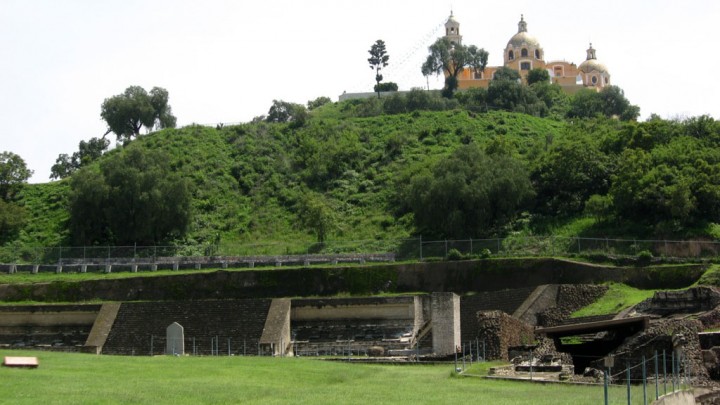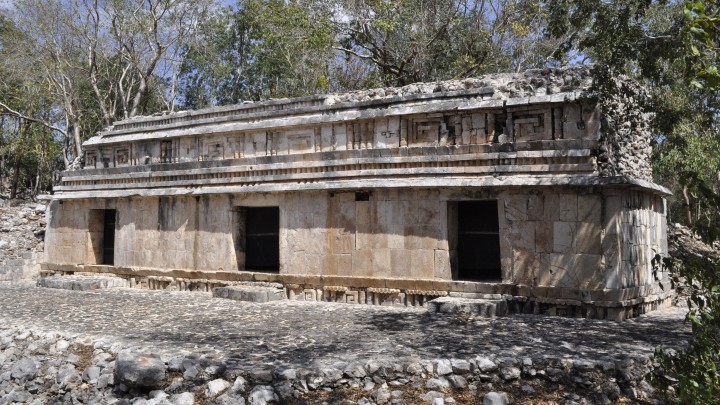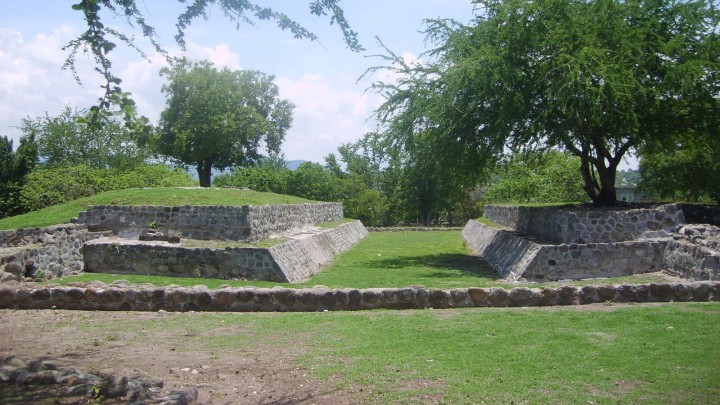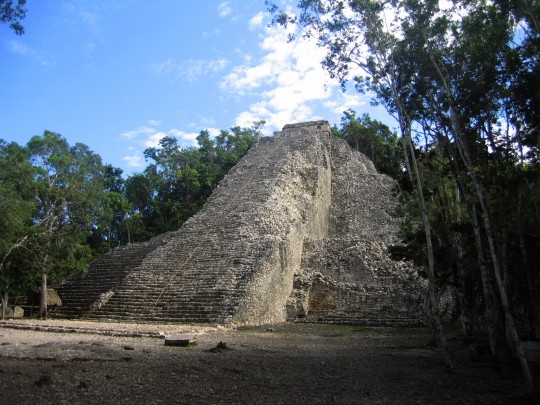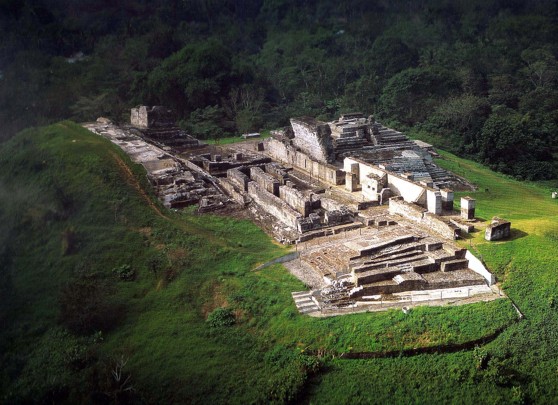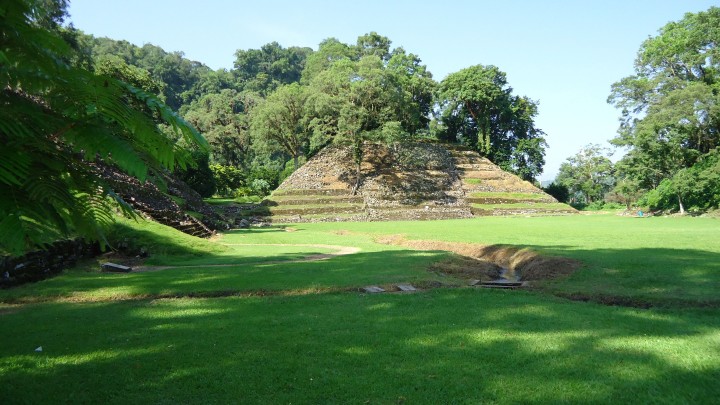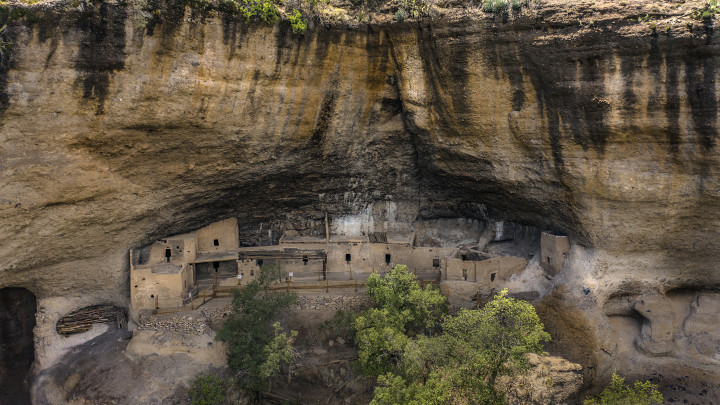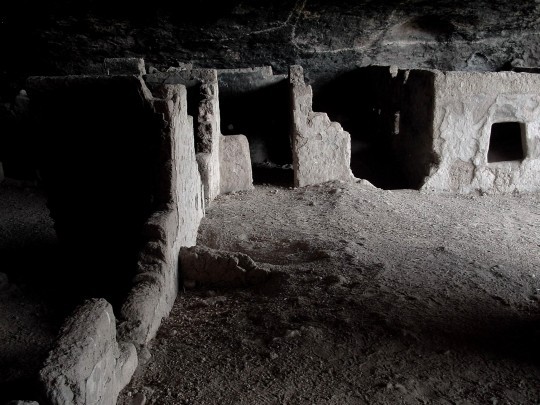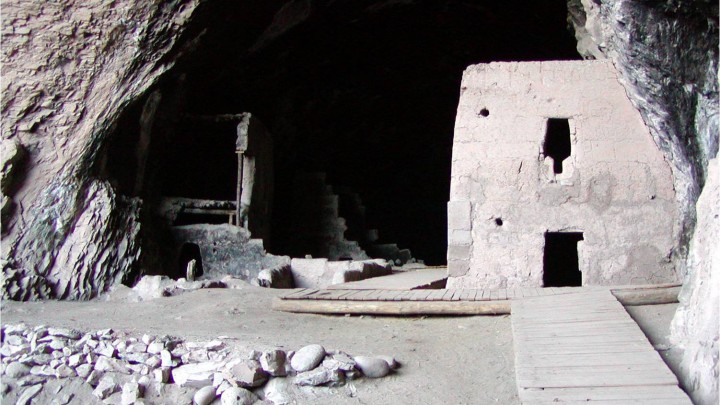189 Sites
This is the most important pre-Hispanic settlement of those explored so far in the state of Puebla, and one of the main sites in Mexico. Its attractions include the Great Pyramid and the plaza known as the “courtyard of altars.”
Puebla
Stone carvings like gold filigree adorn the residences of those "who speak to the gods." The elaborate Puuc architectural style makes this ancient city a relic that remains almost entirely intact even after 12 centuries. Its greatest treasure is El Palacio.
Campeche
This city was a dependency of Tula, attaining an important role through trade and religion. When Tula fell around 1000 AD, Coatetelco took its place in the west of the present-day state of Morelos.
Morelos
Important ancient Maya city in an area of lakes, from here the great sacbe’ob (long roads) were built, which helped it survive over many others until it was defeated by Chichen Itza. The round observatory, the great Pyramid of Nohoch Mul and the stunning inscriptions make it unique.
Quintana Roo
This port city was the most western settlement of the Mayan culture and was occupied for a little over 1000 years. Its earthen architecture is distinguished by its brick cladding and mortar using lime from oyster shells.
Tabasco
A Totonac city with a 3,000 year history in a very damp location, where the buildings are very tall and the plazas and ballcourts are wide. The are indications of a cult to Tezcatlipoca, the smoky black mirror. It was a great exporter of colorful bird feathers.
Veracruz
This site in Arid-America, where the original farmers constructed their city in the caves, eight centuries ago. The steps, adobe walls, roofs made of woven palm, stylized figures of animals, pinewood beams, everything is beautifully integrated into the landscape.
Chihuahua
Impressive remains of habitation in the zone which date back to 5500 years BC, the oldest in Arid America and all of Mexico. Remarkable for the enormous communal granary in the shape of a cooking vessel, marvellously preserved, with a structure of twisted dry leaves covered in clay.
Chihuahua
Eight centuries old, one of the largest sites of gatherers and the first settled farmers in Arid America. Among the many constructions in the shelter of the cave, it preserves the remains of a watchtower, so the inhabitants could keep a lookout and be in communication with the important enclave of Huapoca.
Chihuahua

